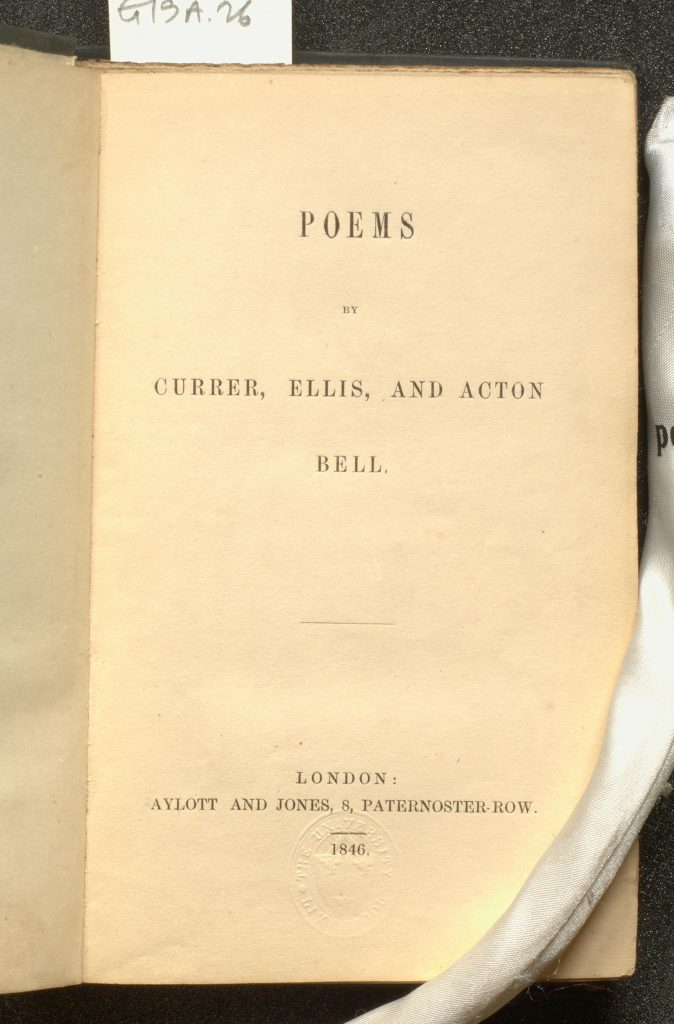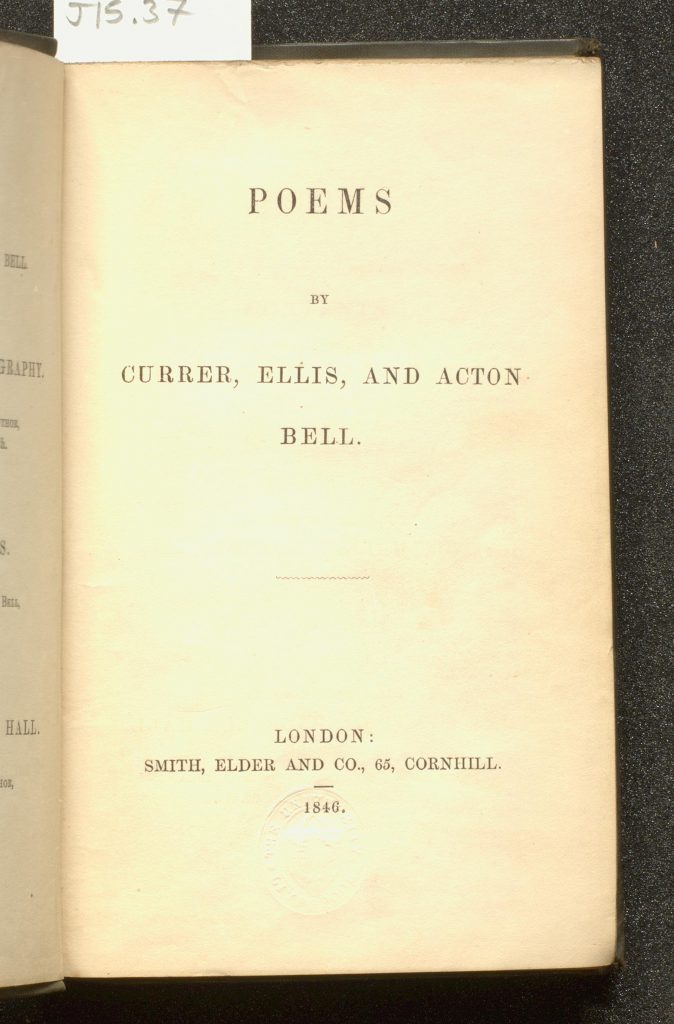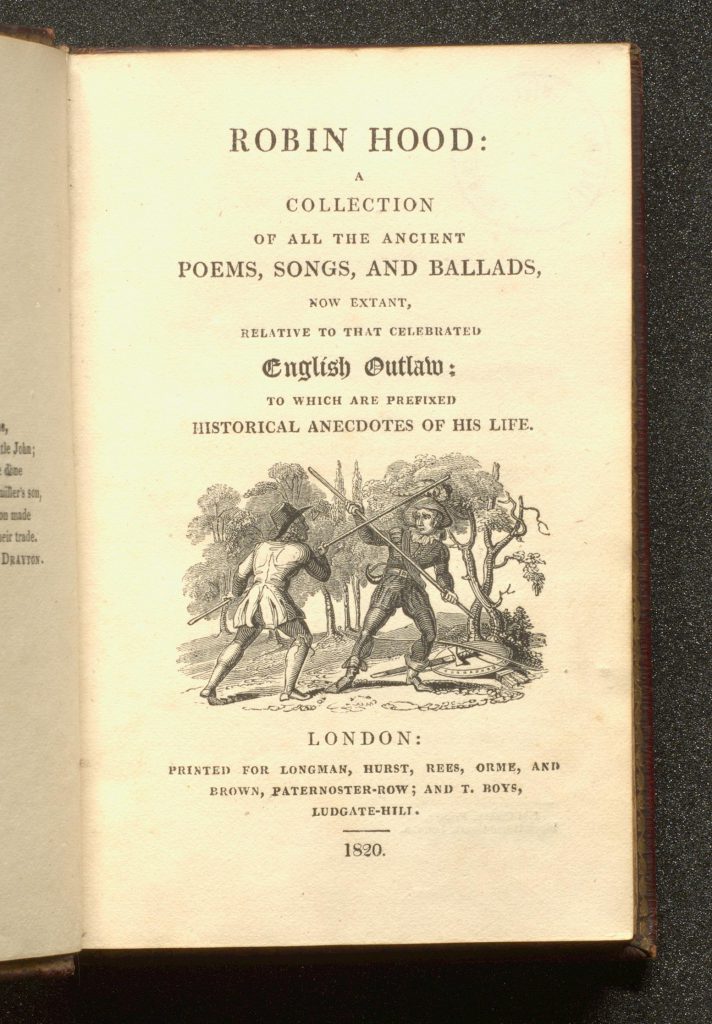
A cancel, as the name suggests, is part of a printed book (often a single leaf, or double-sided page) that cancels and replaces what has already been printed, to correct an error in the printing.
A cancel leaf (or cancellans, Latin for the thing that cancels) can often be detected from the stub of the original leaf, the cancelland (or cancellandum, Latin for the thing to be cancelled), which is left in place when the offending leaf is cut away from its partner, or conjugate, leaf (as illustrated in A is for Alphabet). The corrected single leaf is pasted onto this stub.
Finding a stub, and therefore a cancel, brings out the detective in cataloguers: what was there before, and why did it have to be removed? If the collection contains two copies – before and after – that certainly helps answer the question, as shown in these images.
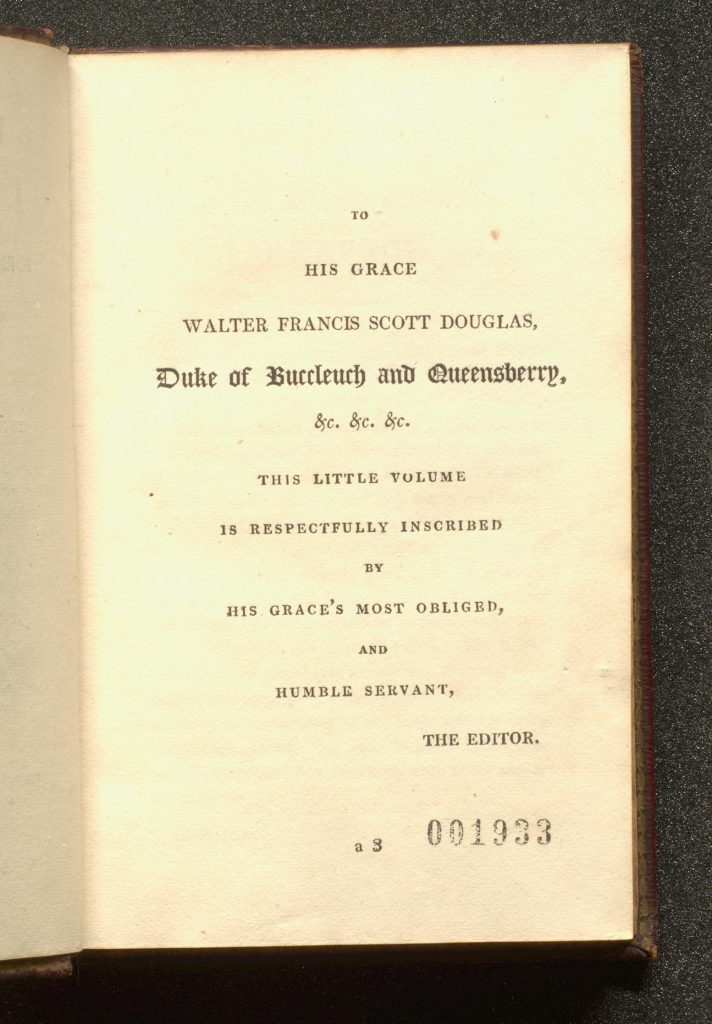
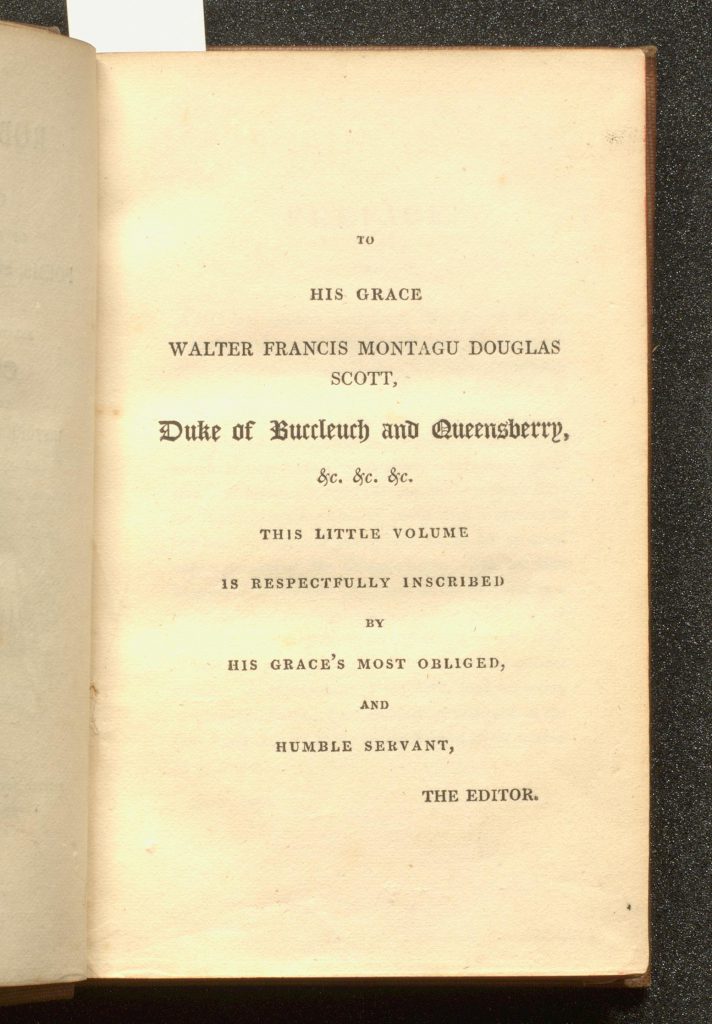
Spot the difference? The clue – apart from the stub – is in the signature a3 (see A is for Alphabet) and the number of lines, which have been increased from 12 to 13 to accommodate the full splendour of the aristocratic dedicatee’s name.
One of the commonest reasons for printing a cancel leaf was to make a change to the title page: to update unsold copies of a book, or for a new publisher to put their imprint on copies of a title taken over from its previous publisher.
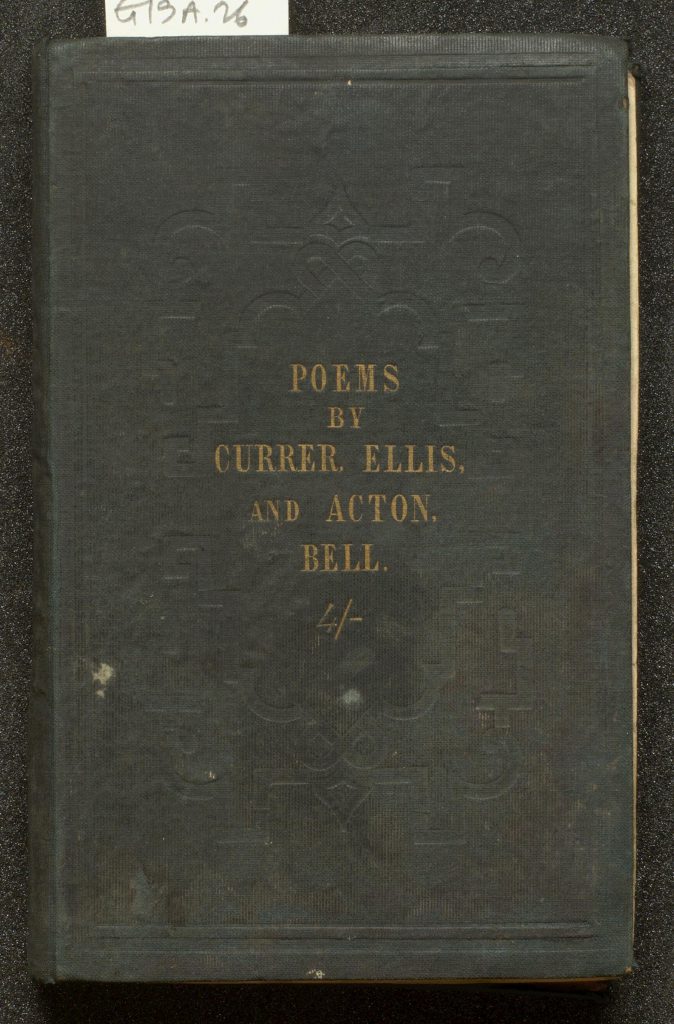
A famous example of the latter is the first publication of the Brontës’ poems in 1846. Despite the ruse of disguising their gender to counter anti-female prejudice, the first edition sold only two copies. In 1848, following the success of Jane Eyre, and Anne and Emily’s novels, the publisher Smith, Elder & Co. republished the poems with a new title page (but with the original date). The newly issued books had a leaf added before the new title page advertising ‘Prose fictions by Currer, Ellis, and Acton Bell’ and Smith, Elder, & Co’s May 1848 ‘List of new books by popular authors’ is bound in at the end of the volume.
